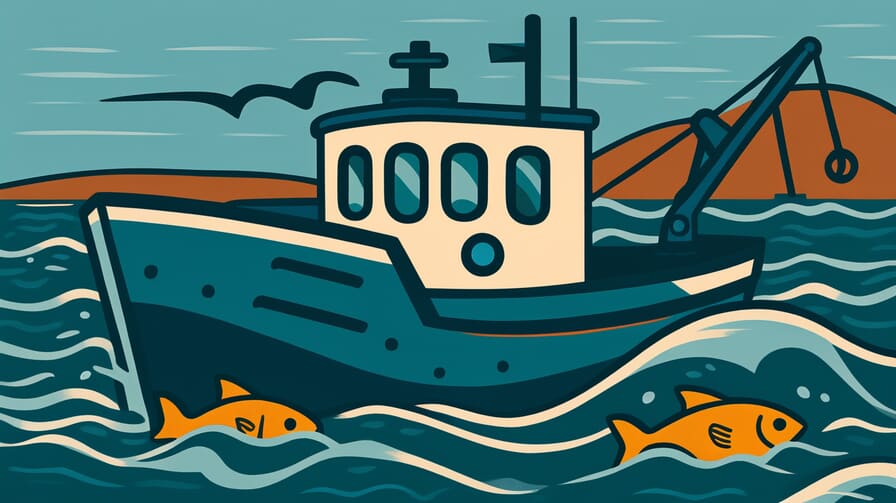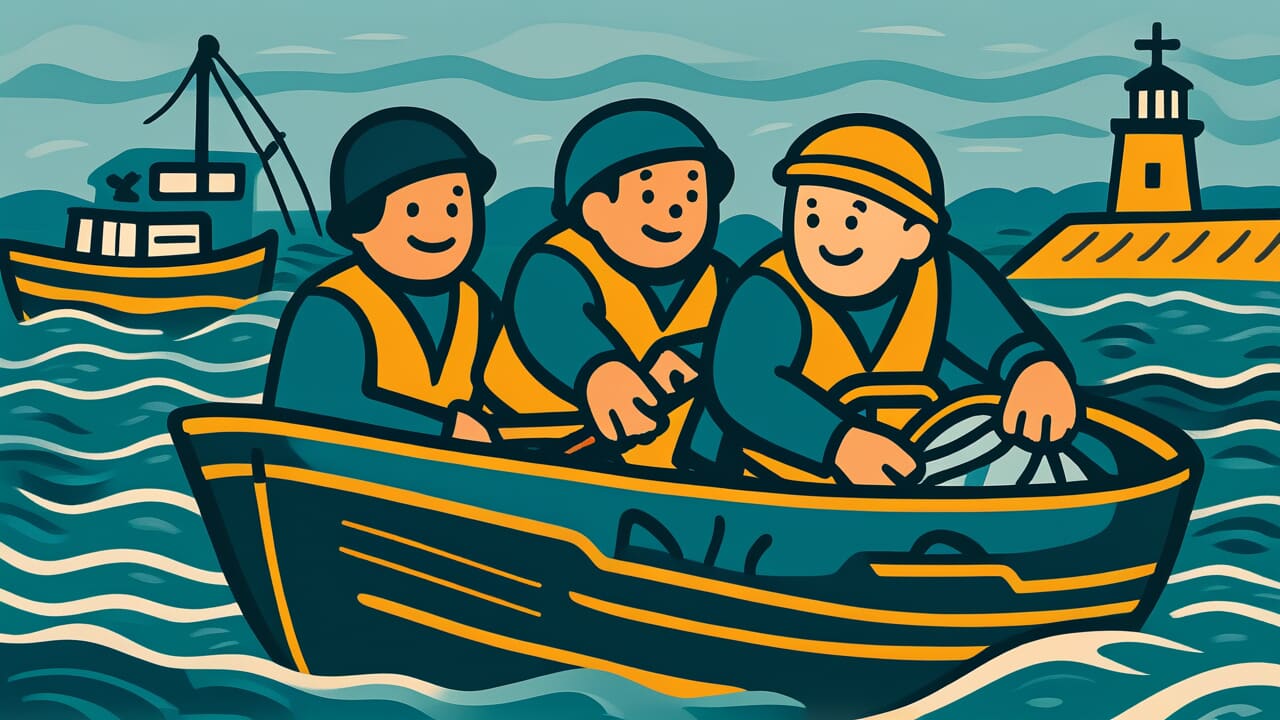[Disclaimer] This article is reconstructed based on information from external sources. Please verify the original source before referring to this content.
News Summary
The following content was published online. A translated summary is presented below. See the source for details.
On August 26, 2025, the European Commission released its annual proposal for fishing quotas in the Baltic Sea for 2026. This proposal aims to balance sustainable fishing practices with economic considerations for the fishing industry. The Commission’s recommendations are based on scientific advice from the International Council for the Exploration of the Sea (ICES) and take into account the current state of fish stocks and environmental conditions in the Baltic Sea. Significant environmental changes, including warming waters, decreased oxygen levels, and ongoing eutrophication, have influenced the proposed quotas. The Commission emphasizes the need for precautionary measures to protect vulnerable species and support the recovery of depleted stocks, such as eastern cod and western herring. The proposal will now undergo review and negotiation by EU member states, with final decisions to be made by the Council of EU Fisheries Ministers later in the year. This process highlights the ongoing challenges in managing Baltic Sea fisheries amid changing environmental conditions and the importance of balancing ecological sustainability with the economic needs of fishing communities.
Source: European Commission Press Corner
Our Commentary
Background and Context

The European Commission’s annual proposal for Baltic Sea fishing quotas is a crucial part of the Common Fisheries Policy (CFP). This process involves setting Total Allowable Catches (TACs) for various fish species to ensure sustainable fishing practices. The Baltic Sea, a semi-enclosed body of water, faces unique environmental challenges that directly impact its fish populations and, consequently, the fishing industry. The Commission’s role in proposing these quotas, while member states retain the final decision-making power, underscores the complex balance between EU-level management and national interests in fisheries policy.
Expert Analysis
The 2026 quota proposals come at a time of significant environmental change in the Baltic Sea. The region is experiencing faster warming compared to other marine areas, with temperature increases of 1.5 to 1.8 °C recorded. This warming, combined with ongoing eutrophication and ocean acidification, is altering fish habitats and impacting species distribution. These environmental factors are likely to influence the Commission’s recommendations, potentially leading to more conservative quotas for certain species.
Key points:
- Environmental changes in the Baltic Sea are significantly influencing fish populations and quota proposals.
- The Commission’s proposals are based on scientific advice, primarily from ICES, but final decisions rest with EU member states.
- Balancing ecological sustainability with economic needs remains a central challenge in setting fishing quotas.
Additional Data and Fact Reinforcement
Recent data underscores the critical state of some Baltic Sea fish stocks and the environmental challenges facing the region:
- Eastern cod and western herring stocks remain critically depleted, with scientists recommending zero or very low TACs.
- Eutrophication continues to cause oxygen depletion and dead seabeds, threatening fish populations.
- Climate change is leading to decreased ice cover and changes in precipitation patterns, affecting nutrient dynamics in the Baltic Sea.
Related News
The Baltic Sea fishing quota proposals are part of a broader context of EU environmental and fisheries management. Recent efforts under the Baltic Sea Action Plan aim to reduce nutrient loads and improve oxygen conditions. Additionally, ongoing debates about the effectiveness of the Common Fisheries Policy and its implementation across different EU sea basins continue to shape the broader discourse on sustainable fishing practices in Europe.
Summary

The European Commission’s 2026 Baltic Sea fishing quota proposals reflect the complex interplay between environmental sustainability, scientific advice, and economic considerations. As the Baltic Sea faces significant ecological challenges, the process of setting and approving these quotas will be crucial in determining the future health of fish stocks and the viability of the fishing industry in the region. The outcome of this process will serve as an important indicator of the EU’s commitment to sustainable fisheries management in the face of changing environmental conditions.







